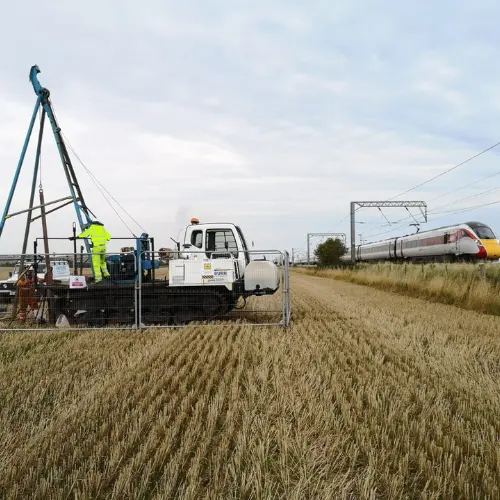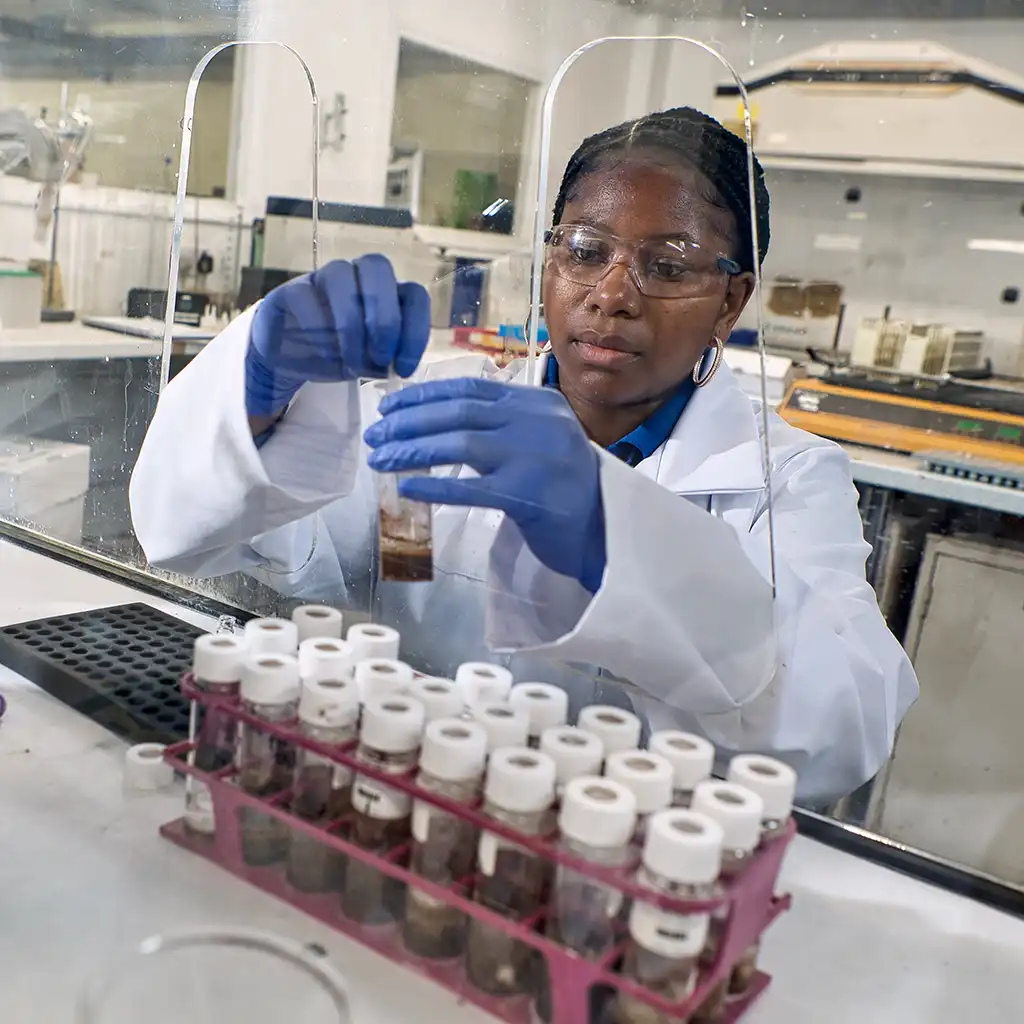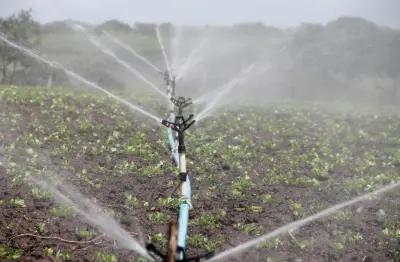
Site Investigation
Soil investigation, geologic survey maps, preliminary investigation, detailed site investigation, supplementary investigation and construction control.

Igne enables these sectors to succeed through the provision of integrated or stand-alone solutions to site investigation, testing, UXO, geo-environmental, geothermal energy and water supply challenges.
The demand for high-quality site investigation and drilling services, and for water and energy resources from corporate and domestic customers remains intense.
These services must be delivered more efficiently, effectively and sustainably than ever. To achieve this, excellence in terms of experience, expertise and equipment must be combined to ensure service delivery is integrated, through one supplier, not many. This is why Igne was formed.
Soil investigation, geologic survey maps, preliminary investigation, detailed site investigation, supplementary investigation and construction control.
In-situ and laboratory testing: materials, geotechnical and geo-environmental.
Unexploded ordnance risk assessments, surveys and training. Explosive ordnance disposal and drilling services.
Water supply solutions designed, drilled, installed, treated and maintained for commercial and residential clients. Artesian experts.
Ground source heating and cooling solutions drilled for district schemes, commercial clients and residential homes: experts in utilising geothermal energy from water in abandoned mine workings.
Geotechnical and environmental engineering services: desk-based research, intrusive ground investigation, risk assessments, site remediation, environmental auditing and appraisal.
You have questions?
We have answers!
We are one company, with one team, working together to support you
Igne’s team includes experienced engineers and skilled scientists who utilise specialist plant and equipment. Our size and reach means we have the capacity to deliver solutions nationwide. And our integrated offering ensures we can support the entire lifecycle of your project or simply supply a standalone service.

Engineers and
on-site operatives
Scientists and
laboratory technicians
Planning and
analytical staff
Administration and
management
Igne is the future of service delivery – it was formed through the consolidation of these core companies:
Established in 1988, AEG brought its UKAS accredited geotechnical and environmental investigation services across to Igne’s expert repertoire when it became part of Igne on October 2nd 2023.
Operational since the 1950s, providing geological, geotechnical, and environmental engineering services, DTS became Igne’s expert advisory arm when it joined Igne on the 2nd October 2023.
The Raeburn name has been synonymous with expert drilling services since the 1940s, their site investigation expertise added to Igne’s authority when it joined Igne on the 2nd October 2023.
Raeburn Northern has joined Raeburn Drilling and Geotechnical and now brings its additional expert personnel and state of the art equipment to ensure Igne has the most diverse drilling fleet in the UK.
The addition of SafeLane’s UK UXO division means Igne’s clients benefit from unrivalled expertise in the mitigation of unexploded ordnance risk from Igne UXO Limited - part of Igne since it formed on the 2nd October 2023.
With UKAS and Mcerts accredited laboratories throughout the UK, Terra Tek delivered geotechnical testing of construction materials and site investigation solutions when it joined Igne on the 2nd October 2023.
Established in 1946, Morgans delivered sustainable water supply and clean, green geothermal energy for domestic and commercial clients alike to the Igne offering when it joined Igne on the 2nd October 2023.
Discover
Click Here
At Igne, we have a combined experience of over 350 years and one of the widest selections of plant in the industry.
It's this combination of experience and technology, passion and science, that enables us to deliver to the highest operational standards ensuring we get the job done right, every time.
Our fleet is made up
of 242 vehicles
Litres
554,540 litres of hot beverages consumed by our drilling teams
This equates to nearly a quarter of the volume of a 50m swimming pool worth of tea. In fact, our drillers drink their own body weight in tea every 23 days.
Our drilling teams have drilled over 792km since 1988
The same as drilling the elevation of Everest nearly 90 times
Which is equivalent to drilling 82% of the distance from Land's End to John o'Groats as the crow flies. If travelling by road the lads would be on the outskirts of Sunderland - effectively they've drilled all the way home!
Customers
Today’s customers want actionable insight and critical services available on time, on budget, on scope.
The best businesses in their respective fields were brought together as Igne to deliver integrated geo-environmental, site investigation, testing, unexploded ordnance, geothermal and water supply services.
Years' combined experience
People
Reports
Points of
iNvestigation
At Igne, we’re pleased to announce a significant milestone in our commitment to our employees and the communities within which we work; we have become…
For this week’s staff spotlight, we managed to track down Saul Ormiston, the Senior Estimator for Igne’s site investigation arm in Hamilton. Having…
Today we’re delighted to be shining the staff spotlight directly into the slightly startled eyes of our newest team member - Senior Technical Manager, …
Arable farms, and other heavy water using businesses such as golf courses, can save significant sums of money with a private supply for their irrigation…










